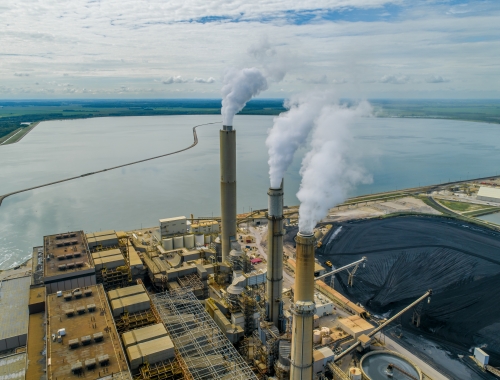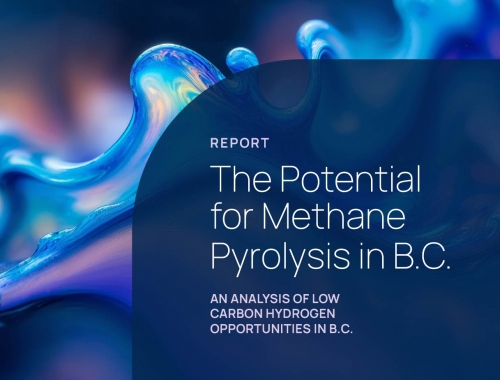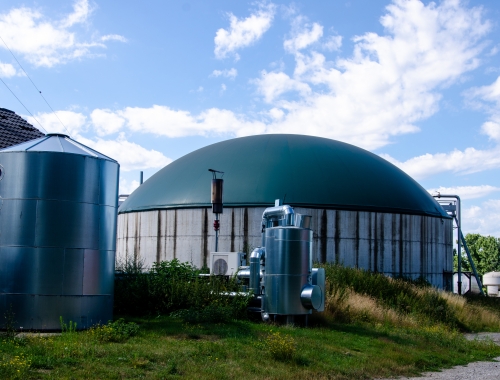Canada considering two options to cap emissions
SUMMARY
Ottawa looking at cap-and-trade system or tougher carbon pricing targets.
By Dale LunanPOSTED IN:
The government of Canada said July 18 it is considering two options to cap greenhouse gas (GHG) emissions from the oil and gas sector and has released a discussion paper examining each.
Discussions with the provinces and territories, indigenous groups, the oil and gas sector and other stakeholders will inform the design of the emissions cap, which the government plans to release early next year.
The paper outlines two options for reducing GHG emissions by more than 40%, including a 75% reduction of methane emissions, by 2030: a cap-and-trade system, which would set regulated limits on emissions from the oil and gas sector, or modifications to existing carbon pricing benchmarks for heavy emitters that would create price-driven incentives to reduce emissions to levels corresponding to the cap.
Core to either approach, the government said, is lowering emissions at a pace and scale needed to achieve net-zero by 2050 while also supporting investments in clean technologies to decarbonise the oil and gas sector.
“Establishing a cap on oil and gas emissions is one of the key commitments of our government's Emissions Reduction Plan,” federal environment and climate change minister Steven Guilbeault said. “True global energy security and affordability can only come with reduced emissions. With this cap, we will work with industry, provinces, indigenous groups, civil society, and others to take action on drawing down the emissions from oil and gas production.”








